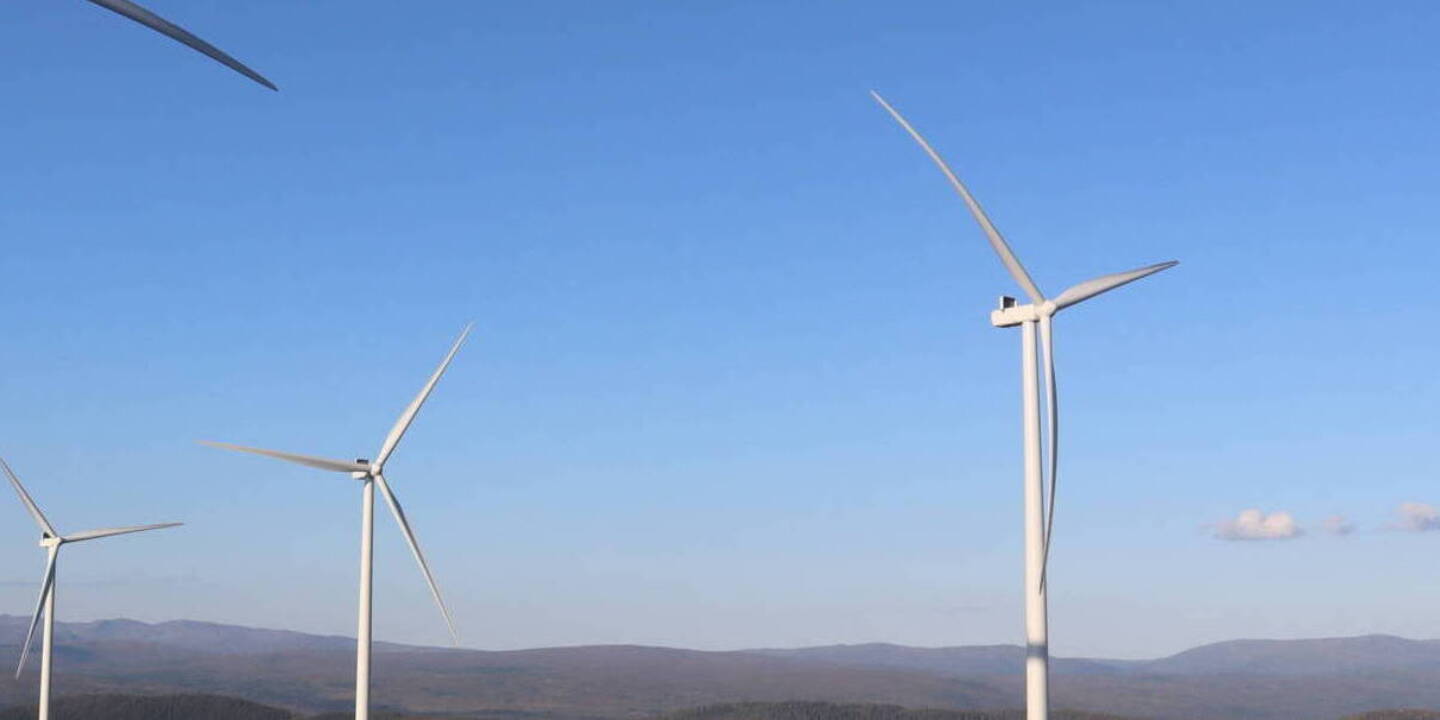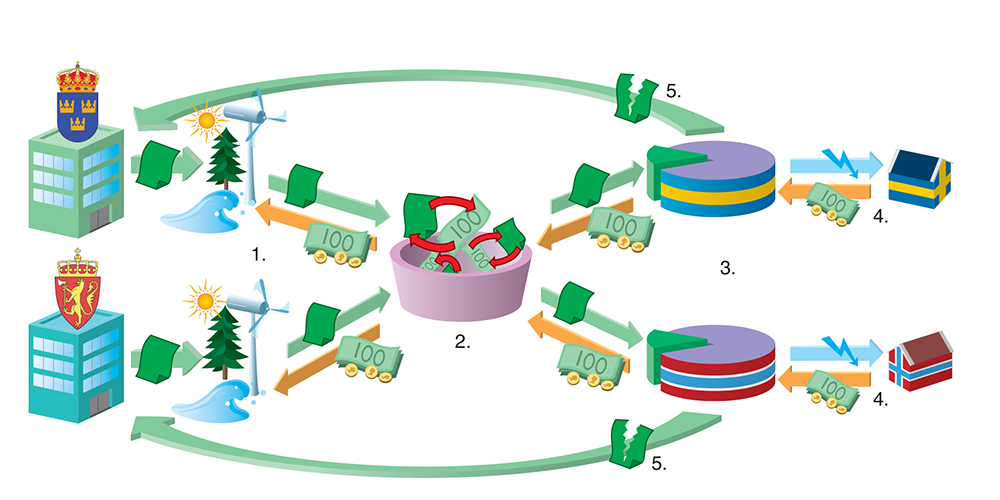The electricity certificate market
The electricity certificate scheme is a Norwegian-Swedish, market-based support scheme for electricity produced from renewable energy sources, which was launched in 2012. Through the scheme, Norway and Sweden had a joint goal of developing 28.4 TWh of new renewable electricity production from 2012 to 2020. This goal was reached in 2019. The electricity certificate scheme is technology-neutral, meaning that all forms of renewable electricity production qualify for electricity certificates, including hydropower, wind power, and bioenergy.
The electricity certificate scheme will end in Norway in 2035. Power plants approved under the scheme are awarded electricity certificates for up to 15 years. The deadline for commissioning new facilities covered by the scheme expired in December 2021.
The goals of the electricity certificate scheme have already been exceeded, and the price of electricity certificates now more or less only covers the administrative costs of the scheme. NVE has been tasked with assessing whether the electricity certificate scheme should be terminated earlier than the agreed end date of 2035. The Swedish Energy Agency has received a similar assignment
This is how the electricity certificate market works
- The power producers receive one electricity certificate for every MWh they produce, over a maximum of 15 years.
- The electricity certificates are sold in a market where supply and demand determine the price. In this way, the producer gets and extra income in addition to the power price.
- The demand for electricity certificates arises from the fact that power suppliers and certain electricity customers are required by law to purchase electricity certificates corresponding to a certain proportion of calculation-relevant electricity consumption.
- The electricity customer pays for the development of renewable power production because the electricity certificate costs are included in the electricity bill.
- Every year, the electricity certificate holder must cancel electricity certificates in order to fulfill his electricity certificate obligation.


